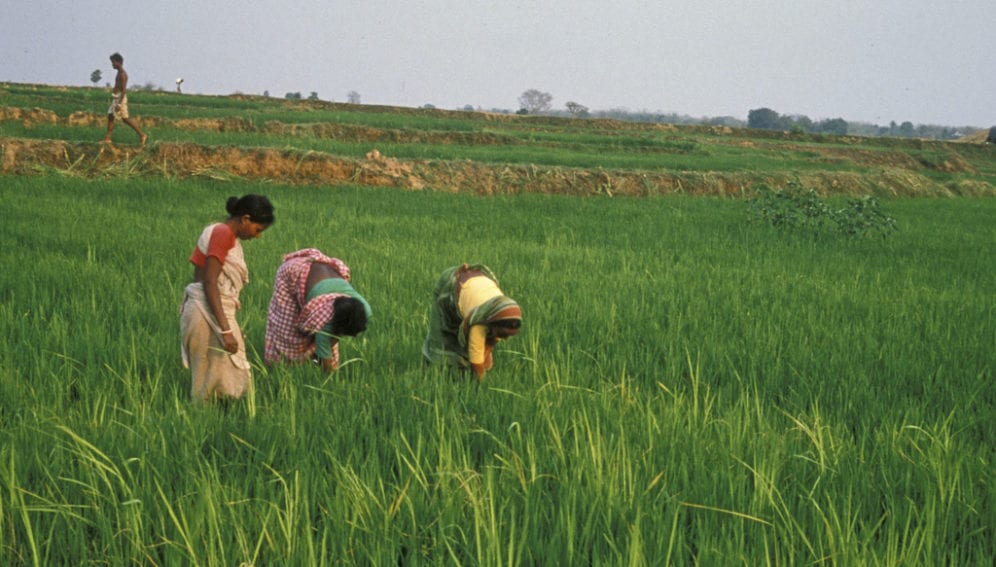By: Sandhya Sekar
Send to a friend
The details you provide on this page will not be used to send unsolicited email, and will not be sold to a 3rd party. See privacy policy.
[THIRUVANANTHAPURAM] Watershed development that primarily involves increasing irrigation is not the answer to water scarcity prevalent in Indian agriculture, says a new study.
Watershed development (WSD) practices like soil and water conservation and small scale rainwater harvesting have been practiced in India since antiquity, with varying degrees of success.
Since the last century, however, cultural perceptions have changed such that irrigation is seen as the only answer to water scarcity, says Zareen Bharucha and others at the University of Essex, UK, who published their findings in The Journal of Development Studies in August.
The researchers conducted interviews in three villages in the drought-prone Ahmednagar district in the central Indian state of Maharashtra. They then compared villagers’ perceptions with actual rainfall data from 1901 to 2011, to understand to what extent their views were grounded in facts.
Older respondents recalled the predominantly rain-fed cultivation of the last century, where “dry” crops were grown alongside irrigated, high value crops like fruits and sugarcane.
According to the researchers, the general perception among the public was that climatic factors were responsible for water scarcity, and WSD is meant to overcome the crisis by increasing irrigation water supply. They attribute water scarcity to climatic causes and exclude the role of other sociological factors.
Comparing farmer perceptions with rainfall data shows that rainfall has not declined as sharply as farmers seem to imagine. A severe drought in 1972 featured a combination of many factors including “low rainfall, low spread of irrigation, the adoption of water-intensive cash crops in surrounding regions and poor public distribution of food,” says Bharucha.
“The water crisis in rain-fed areas is not simply a crisis of water, but one rooted in a deeper crisis of access to land, food and natural resources,” says Dolly Daftary, a researcher at the Western Michigan University. According to the National Rainfed Area Authority, 60 per cent of the cultivated area in India is rain-fed and does not have irrigation.
Daftary says that land reforms have failed to be carried out significantly in the drylands; there is growing food insecurity caused by the systematic decline of public food distribution in post-reform India; and there is continuous erosion of natural resources through extractive agriculture and commercial activity. “It is a crisis located in structural inequality,” Daftary tells SciDev.Net.
“What's really needed is for us (policy makers, researchers, practitioners) to get away from the exclusive focus on rainfall and to use good management practices to make rain-fed, dryland agriculture more resilient without trying to turn it into an intensively irrigated zone,” says Bharucha.
> Link to abstract of the paper in the Journal of Development Studies
This article has been produced by SciDev.Net's South Asia desk














